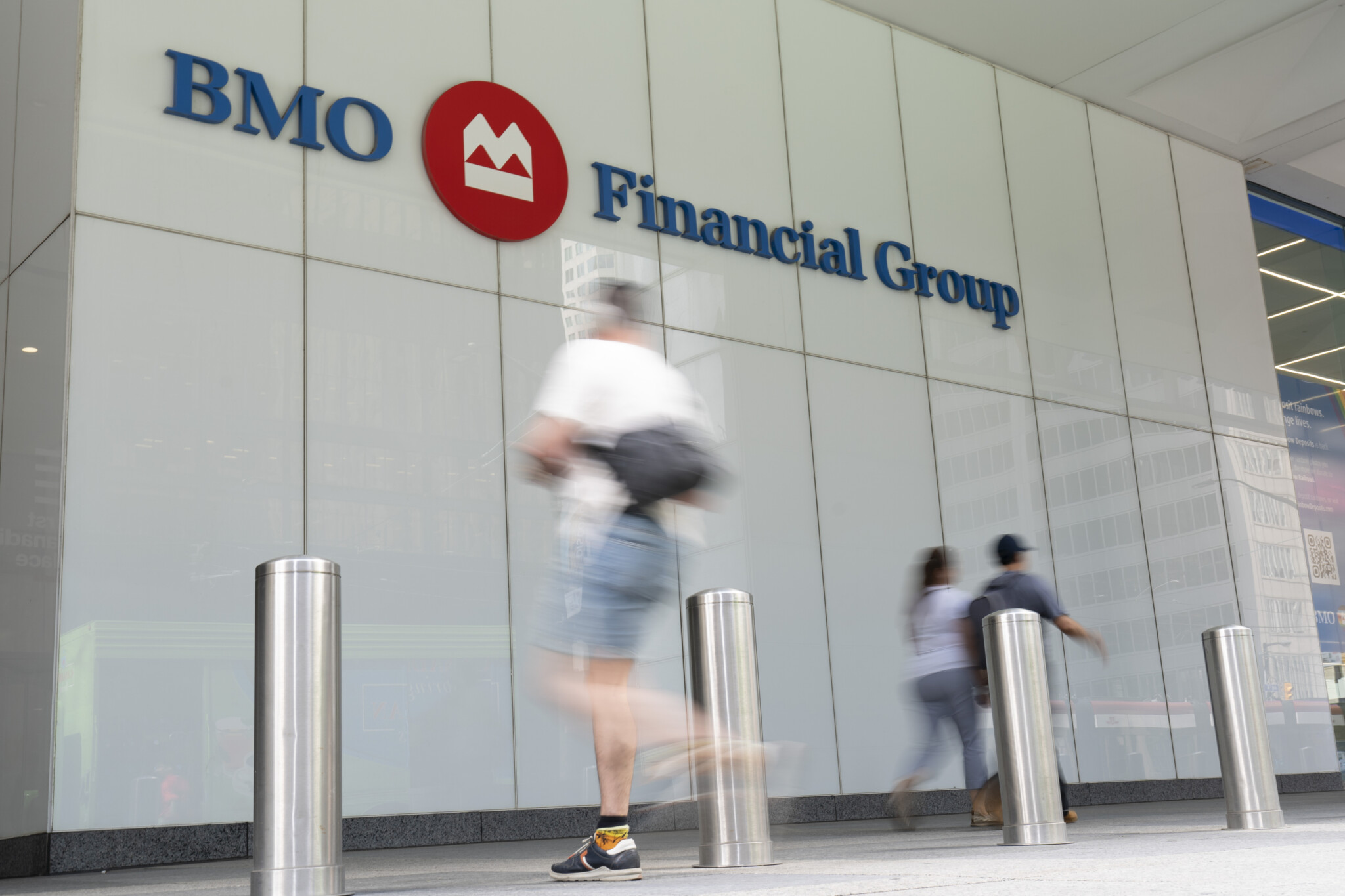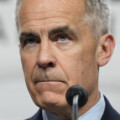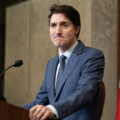Mark Carney has won a strong minority government, but he inherits an economy under real strain. Between Donald Trump’s tariffs, slowing growth at home, and a long-simmering productivity crisis, Carney now faces the twin challenge of managing short-term economic pain while delivering urgent structural reforms. Canada’s business leaders and leading economists are already laying down early markers on what needs to happen next.
Business Council of Canada
The Business Council of Canada (BCC), in a letter from President Goldy Hyder to Prime Minister Mark Carney, struck a tone of partnership but also clear urgency. Hyder congratulated Carney on his election victory but emphasized that Canadians expect bold, decisive action. The BCC called for stabilizing the relationship with the United States through a renewal of the trilateral CUSMA agreement, warning against pursuing a risky bilateral negotiation. Hyder stressed the importance of reigniting Canada’s growth engines by streamlining project approvals, building trade-enabling infrastructure, and investing more aggressively in science, technology, and defence.
He also urged the government to pursue market diversification in energy and critical minerals while strengthening domestic supply chains. Fiscal prudence was another major theme: the BCC recommended deferring platform commitments such as tax cuts until the government’s fiscal framework is stabilized, maintaining a debt-servicing-to-revenue ratio no higher than 10 percent.
Canadian Chamber of Commerce
The Canadian Chamber of Commerce also congratulated Carney on his election, while striking a sharp tone about the stakes. President and CEO Candace Laing said Carney steps into office at a critical and highly uncertain time, warning that the U.S. trade war, rising living costs, and economic fragility demand immediate, decisive action.
The Chamber called on federal leaders to put aside partisan differences and unite behind a common goal: protecting Canada’s economic resilience and future prosperity. Laing outlined a straightforward but ambitious economic blueprint: complete unfinished work on internal free trade, lower taxes and cut red tape to attract investment, and commit to long-term infrastructure expansion to boost trade competitiveness.
RBC
RBC Economics, in a report by chief economist Frances Donald and assistant chief economist Cynthia Leach, framed the moment as one of structural weakness. They forecast that while Canada may narrowly avoid a technical recession, growth will essentially flatline and job losses will mount, particularly in vulnerable sectors such as autos and manufacturing.
More troubling, they warned, is Canada’s declining potential growth—a trend that has been decades in the making but has now reached what they describe as a “break the glass” moment. In their view, the solution lies not in monetary policy, which has limited and uneven effects, but in targeted fiscal action. They called for government efforts focused on boosting productivity and investment rather than relying solely on expanded social programs.
BMO
BMO’s Robert Kavcic and Benjamin Reitzes highlighted that Carney’s minority government looks relatively stable in the near term, given the lack of appetite among other parties for another election. They noted that the Liberal platform represents a significant wave of fiscal stimulus, averaging about 0.6 percent of GDP annually.
However, they warned that the government’s fiscal outlook is highly dependent on optimistic growth projections and successful trade negotiations. Government bond issuance will rise sharply under the new plan, they wrote, putting upward pressure on yields, although Canada’s relative fiscal health should keep borrowing costs manageable.
National Bank
The National Bank report by Warren Lovely, Ethan Currie and Angelo Katsoraswas cautiously optimistic about the strength of Carney’s minority mandate but flagged significant challenges ahead. They noted that with nearly 170 seats, the Liberals have enough support to govern, but will need to work with other parties on a vote-by-vote basis, particularly with the Bloc Québécois or the diminished NDP.

Mark Carney during the French-language Liberal Leadership debate in Montreal, Monday, Feb. 24, 2025. Christinne Muschi/The Canadian Press.
Lovely emphasized that Carney’s ambitious platform—which promises large-scale infrastructure investment, trade diversification, and new social spending—is heavily reliant on debt financing without clear debt targets. The immediate priority for the new government, they wrote, must be reengaging with the United States to secure a more stable trade relationship and reassure investors.
In a divided Parliament and volatile global environment, the National Bank cautioned that even a strong minority government could find its window for action short-lived.
Scotiabank
In its post-election analysis, Scotiabank’s Rebekah Young characterized the Liberal platform as highly ambitious but based on fragile assumptions. The platform’s $129 billion in new spending, they noted, is offset by $52 billion in largely undefined “efficiency savings”—a highly optimistic scenario, particularly in a minority government context.
Scotiabank warned that deficits could balloon if economic conditions deteriorate or if political negotiations force even greater spending. They also noted that while the government’s infrastructure push could boost longer-term growth, actual execution of major projects in Canada remains slow and fraught with jurisdictional obstacles. Fiscal multipliers could be positive over time, but Scotiabank emphasized that little in the platform provides immediate economic relief if a deeper downturn materializes.
TD
TD Economics, in a report led by Chief Economist Beata Caranci, focused on the scale of the economic shift that Carney’s platform attempts to address. TD characterized the Liberal program as a clear pivot away from Canada’s historical reliance on the United States, with a more active domestic industrial strategy centered on infrastructure, defence, housing, and resource development. In their view, minority government dynamics add further uncertainty to the platform’s execution.
“The critical question is how this minority government will operate and pass legislation, including any trade-related legislation from renewed negotiations with the Trump administration,” Caranci wrote in the report.
CIBC
The CIBC Economics report by Avery Shenfeld underscored the fiscal risks embedded in the government’s plan. CIBC warned that the deficits projected by the Liberals during the campaign are likely understated, particularly because they assume a favourable economic backdrop that may not materialize. If trade negotiations with the U.S. deteriorate or a recession unfolds, the government would likely be forced to increase fiscal stimulus even further, adding to the debt load.
Shenfeld also noted that while infrastructure investments can boost long-term growth, they have slow economic payoffs. In a sharp downturn, faster-acting measures such as direct household supports might still be needed. Still, CIBC concluded that Canada’s fiscal position remains stronger than that of many peers, especially the United States.
Generative AI assisted in the production of this summary.









